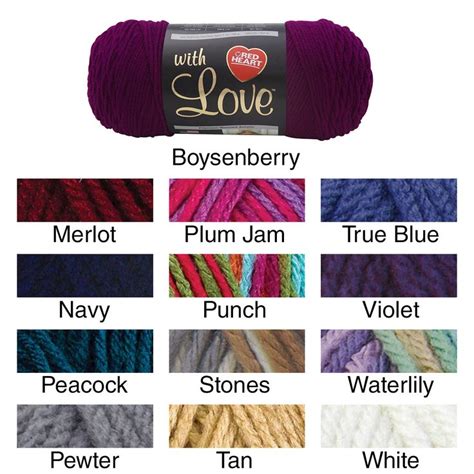Wool Colors Guide: Master All Tones

The world of wool colors is vast and diverse, offering a wide range of tones to suit every taste and project. From the deepest, richest blacks to the lightest, most pastel shades, wool colors can add depth, warmth, and character to any garment or textile. In this comprehensive guide, we will delve into the world of wool colors, exploring the different types of dyes, the color palette, and the various factors that influence the final color of the wool.
Understanding Wool Dyes

Wool dyes are substances used to change the color of wool fibers. There are two main types of dyes: natural and synthetic. Natural dyes are derived from plants, animals, or minerals, and are often used to create unique, nuanced shades. Synthetic dyes, on the other hand, are man-made and offer a wider range of colors and better colorfastness. The choice of dye depends on the desired color, the type of wool, and the intended use of the final product.
Types of Wool Dyes
There are several types of wool dyes, each with its own characteristics and advantages. Acid dyes are the most commonly used type of dye and are known for their bright, vibrant colors. Basic dyes are used to create pastel shades and are often used in combination with acid dyes. Fiber-reactive dyes are a type of synthetic dye that bonds with the wool fibers, creating a durable and colorfast finish.
| Type of Dye | Characteristics |
|---|---|
| Natural Dyes | Unique, nuanced shades, derived from plants, animals, or minerals |
| Synthetic Dyes | Wide range of colors, better colorfastness, man-made |
| Acid Dyes | Bright, vibrant colors, most commonly used type of dye |
| Basic Dyes | Pastel shades, often used in combination with acid dyes |
| Fiber-Reactive Dyes | Durable, colorfast finish, bonds with wool fibers |

Wool Color Palette

The wool color palette is incredibly diverse, with a wide range of colors to choose from. From neutral shades like beige, gray, and taupe, to bright and bold colors like red, blue, and yellow, the options are endless. Earth tones, such as brown, green, and tan, are also popular, as they evoke a sense of naturalness and warmth.
Color Theory and Wool
When working with wool colors, it’s essential to consider the principles of color theory. Color harmony refers to the way colors work together to create a visually appealing effect. Contrast is also important, as it can add depth and interest to a garment or textile. By understanding the color wheel and how colors interact, you can create unique and stunning wool color combinations.
- Monochromatic color scheme: using different shades of the same color
- Complementary color scheme: pairing colors that are opposite each other on the color wheel
- Analogous color scheme: using colors that are next to each other on the color wheel
What is the difference between natural and synthetic wool dyes?
+Natural wool dyes are derived from plants, animals, or minerals, while synthetic wool dyes are man-made. Natural dyes offer unique, nuanced shades, while synthetic dyes provide a wider range of colors and better colorfastness.
How do I choose the right wool dye for my project?
+Consider the type of wool, the desired color, and the intended use of the final product. Acid dyes are suitable for most wool types, while natural dyes may be preferred for certain specialty wools. It's also essential to follow the instructions carefully and test the dye on a small sample before dyeing the entire quantity of wool.
In conclusion, mastering the world of wool colors requires a deep understanding of the different types of dyes, the color palette, and the various factors that influence the final color of the wool. By considering the type of wool, the desired color, and the intended use of the final product, you can create unique and stunning wool color combinations that add depth, warmth, and character to any garment or textile.


